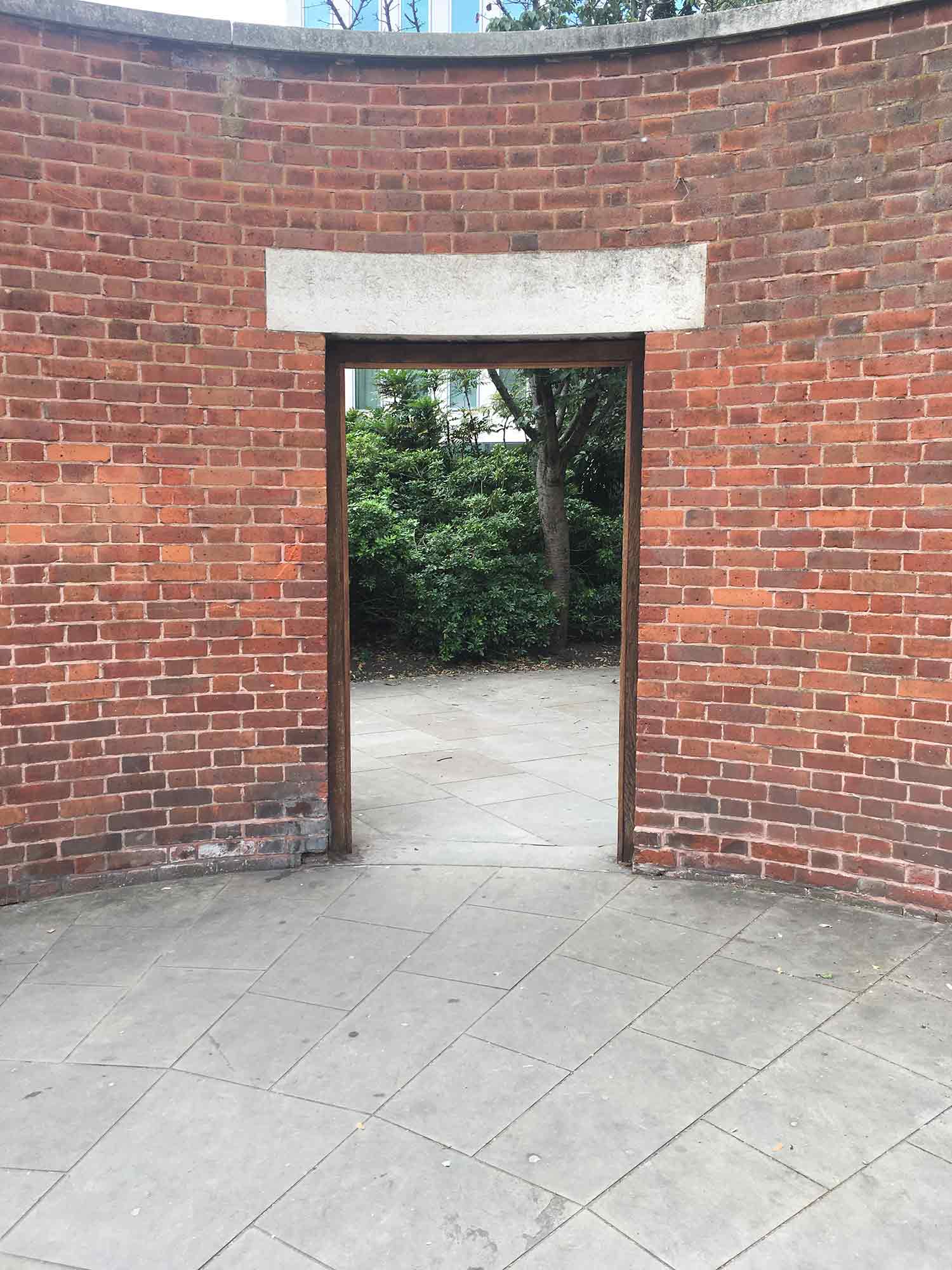- Login
Critical Spatial Practice

‘While I’m hearing this story, I put myself into the shoes of the listener, and not the one who’s really telling the story. I feel proud of myself. If I would be the listener and I can meet this person, I can tell her: ‘you made it, I’m proud of you, you made it, you’re so strong.’ I’m proud of myself.’
Amara, soundwalk-maker and migrant domestic worker
This soundwalk and text are collaborations between Ann, a migrant domestic worker and Ella Parry-Davies, a theatre and performance researcher. The soundwalk is one of a series that Ella is making with Filipina migrant domestic workers in the UK and Lebanon through her postdoctoral project ‘Home-Makers’. The soundwalks invite listeners to return to significant places chosen by participants, and listen to conversations recorded on location and edited by the participants themselves (who learn audio editing software as part of the process).
Migrant domestic workers work (and sometimes live) in the homes of others, often with limited or precarious domestic space of their own, doing labour which is considered ‘unskilled’. These soundwalks show how they are nonetheless experts at creating a sense of home on the move, through forming meaningful relationships to spaces and communities in new locations.
In making this soundwalk, Ann chose to return to Holland Park in London, the place where she decided to escape from abusive employers, to prove that she is ‘not nothing.’ She is a brave woman and mother, fighting an extremely difficult situation. Ann is also speaking to people in the UK and especially the Government, to let them know that the abuse she experienced at the hands of her employers is happening in London, both to herself and others whose voices are not heard here. She is currently in the National Referral Mechanism (NRM) set up to identify, protect and collect data about victims of modern slavery and human trafficking in the UK. Under the NRM she does not have the right to work, which makes her feel like a criminal. She receives just £5 per day living allowance, but does not want to receive support: she is able to work, and wants to earn money to give her family a future.
Ann is a migrant domestic worker from the Philippines, and a mother of four children. She speaks Ilocano, Tagalog, Arabic and English. She is a member of the Filipino Domestic Workers Association and has completed a three-week course in entrepreneurship at Imperial College London and photography training through the charity Hestia. She is proud that, despite her difficult migratory situation and not having seen her children for four years, they have grown up as good people, thanks to her teaching as a mother.
Ella Parry-Davies is a British Academy Postdoctoral Fellow at the Royal Central School of Speech and Drama and prior to this was a Visiting Scholar at De La Salle University, Manila. Her research is on theatre and performance in migratory contexts. She has shared her work and the experiences of her collaborators through national media including the Guardian and BBC Radio 3 as a BBC/AHRC New Generation Thinker for 2019.
Signifying an expertise that exceeds waged domestic labour itself, ‘home-making’ is life-sustaining for many migrant workers. We might consider it a critical spatial practice that aims to transform the world as well as inhabit it, through an everyday performance that is creative, embodied and collaboratively supported. It knits dwelling and travel together in the experience of home, and constitutes an enormous effort to make ‘hostile environments’ (in literal terms) hospitable. The Home-Makers soundwalks aim to make this expertise sensible, inviting the listener to enact a critical spatial practice herself in experiencing spaces with and through the voices of others.
A key reference in the conception of soundwalks as a research practice was the RoRo methodology of research travel. See Jazmin Llana, ‘A Sea of Stories: Archipelagic Gatherings and RoRo Journeys’ in Performance Research 23.4-5 (2018) pp.256-61.
On modern slavery in the UK, see Alicia Kidd, Elizabeth A. Faulkner and Lorena Arocha, ‘The UK asylum system has created the perfect conditions for modern slavery to thrive’, The Independent, 8 April 2019.



































































